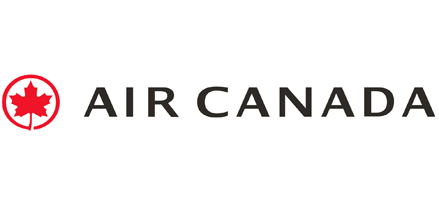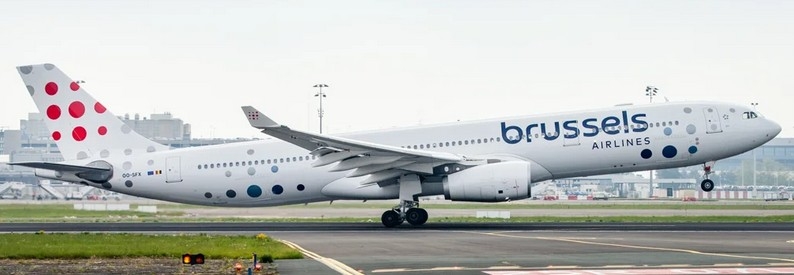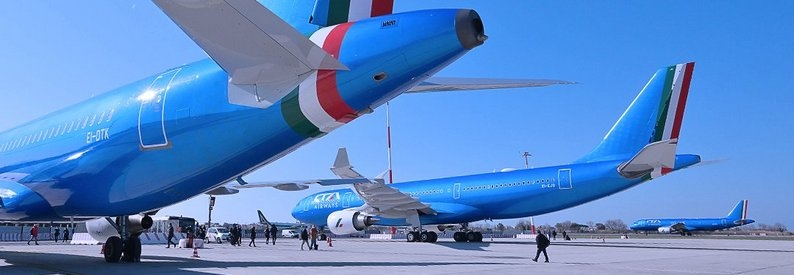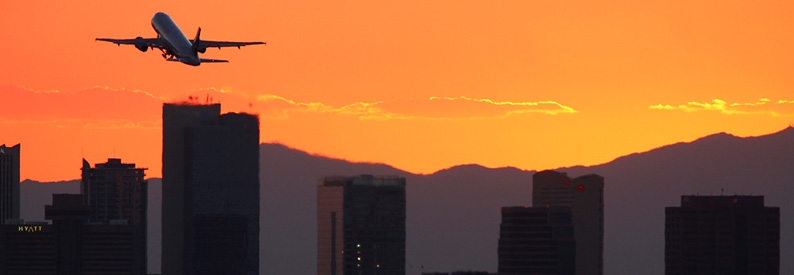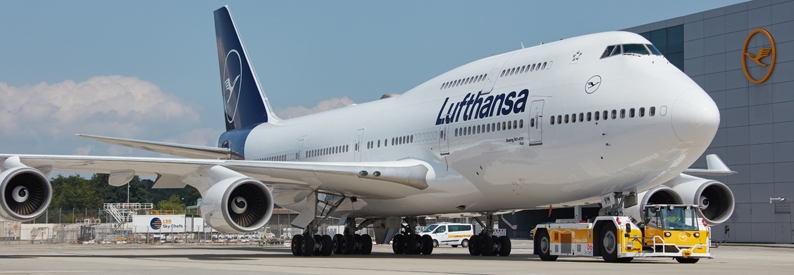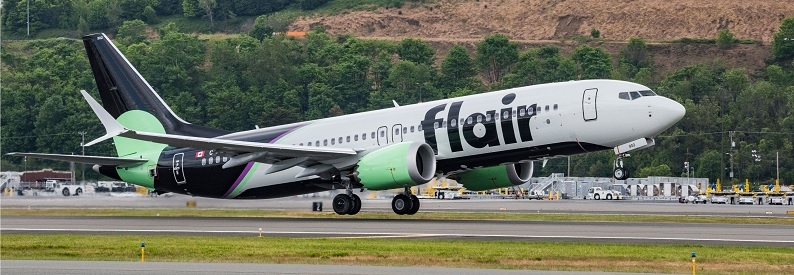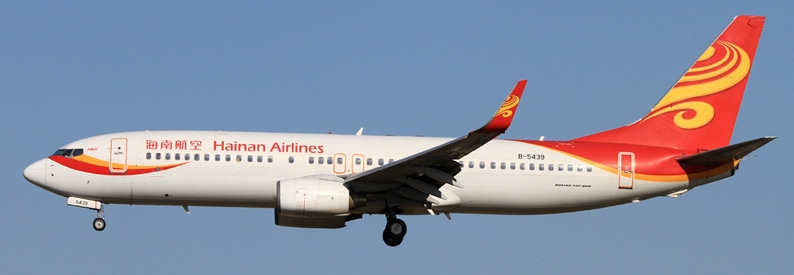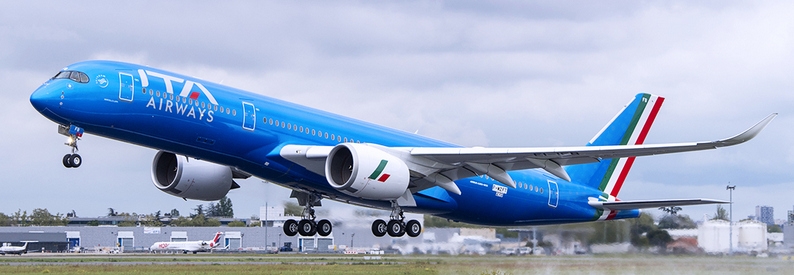Transport Canada has issued an Airworthiness Directive ungrounding the B737-8 but subject to design and software changes that go beyond those the US Federal Aviation Administration (FAA) has mandated.
On January 18, 2021, the Canadian regulator said that it would require operators to install new software for the Flight Control Computer to address issues related to the Maneuvering Augmentation Characteristics System (MCAS), revise the MAX Display System (MDS) software to ensure that the AOA DISAGREE alert is available as a standard configuration; add coloured caps on circuit breakers for the stick shaker; and reroute wiring for the horizontal stabilizer trim system.
Compared to the US directive, Transport Canada has also required new procedures for disabling the stick shaker warnings when activated erroneously.
The Ministry of Transport simultaneously issued an Interim Order mandating new training procedures for pilots flying the B737 MAX. A Notice to Airmen (NOTAM) prohibiting the operation of B737 MAX in Canadian aerospace will be lifted effective from midnight, January 21, 2021.
Following the lifting of the NOTAM, US-based carriers will also be eligible to operate their B737 MAX to Canada. However, they will not be required to follow the more stringent Transport Canada's requirements, as long as they are compliant with those of the FAA.
Transport Canada's decision permits WestJet (WS, Calgary) to restart B737 MAX 8 operations on January 21, 2021, as previously planned. The carrier has thirteen such aircraft in its fleet. In turn, Air Canada (AC, Montréal Trudeau), which has twenty-four B737 MAX 8s, said it would resume the type's scheduled operations on February 1, 2021. The airline said that it would initially deploy the MAX from Toronto Pearson to Halifax, Montréal Trudeau, Ottawa International, Edmonton International, and Winnipeg International.
